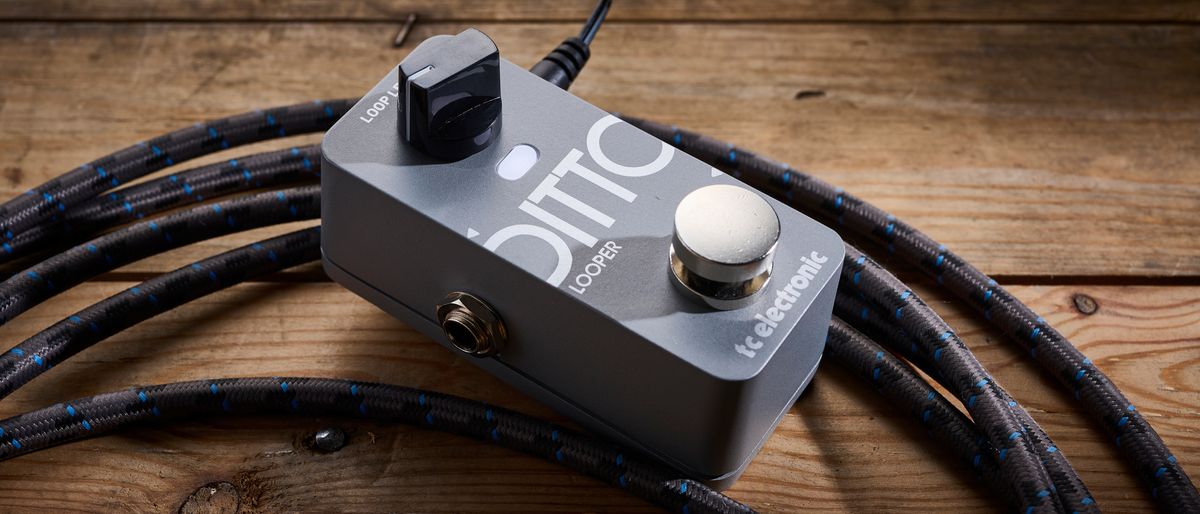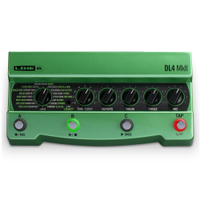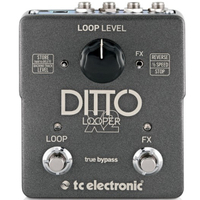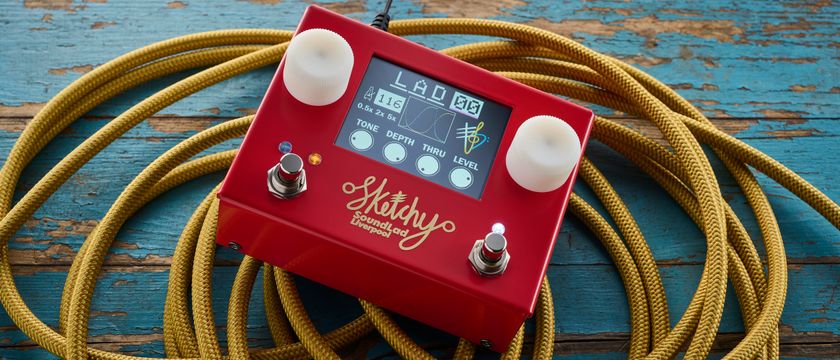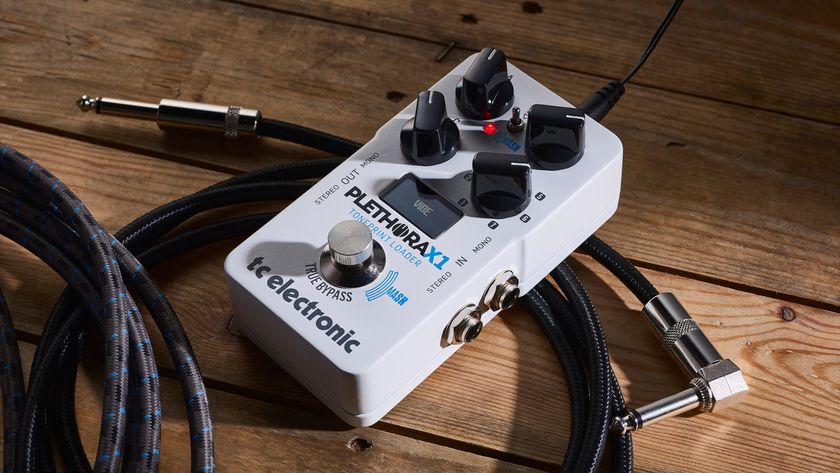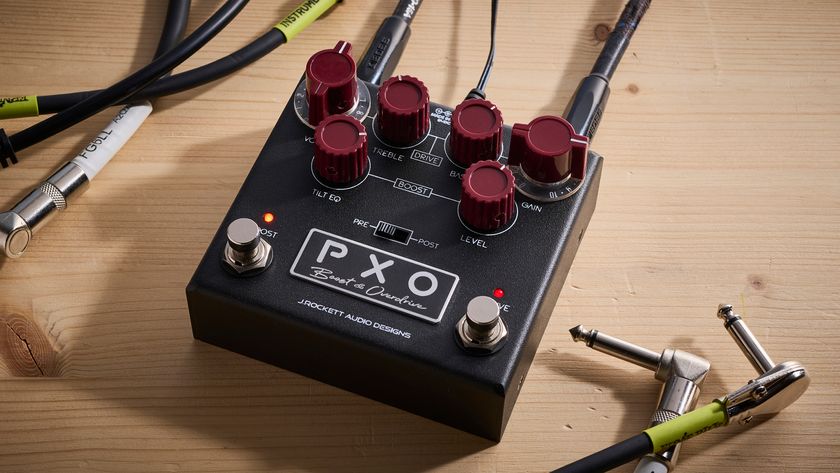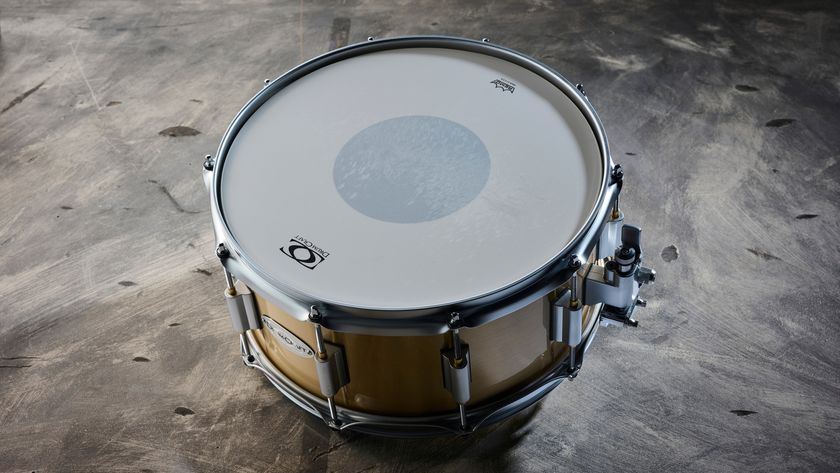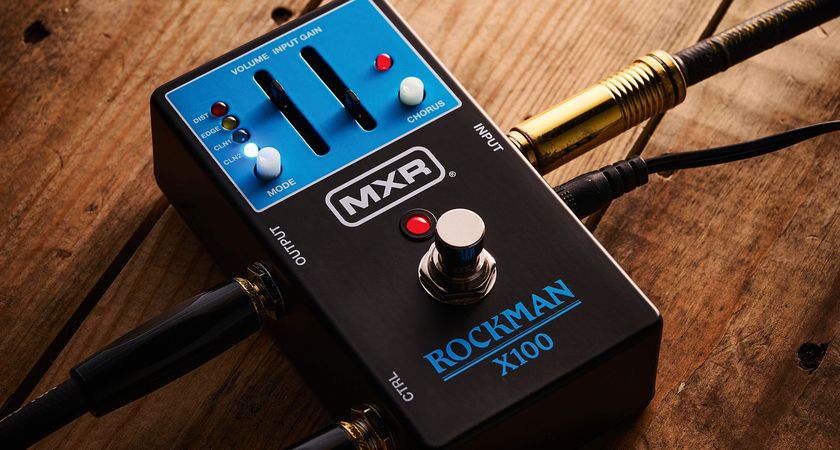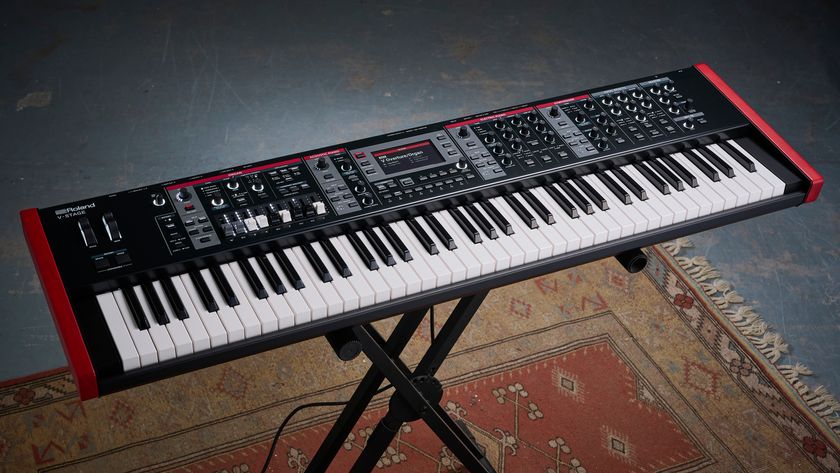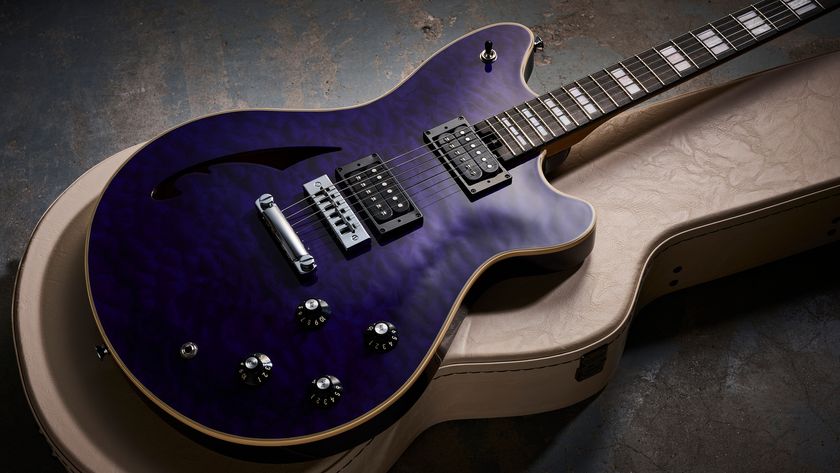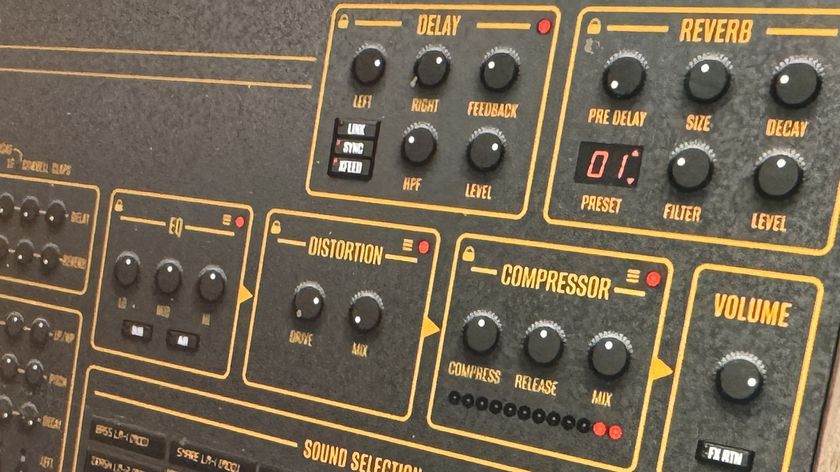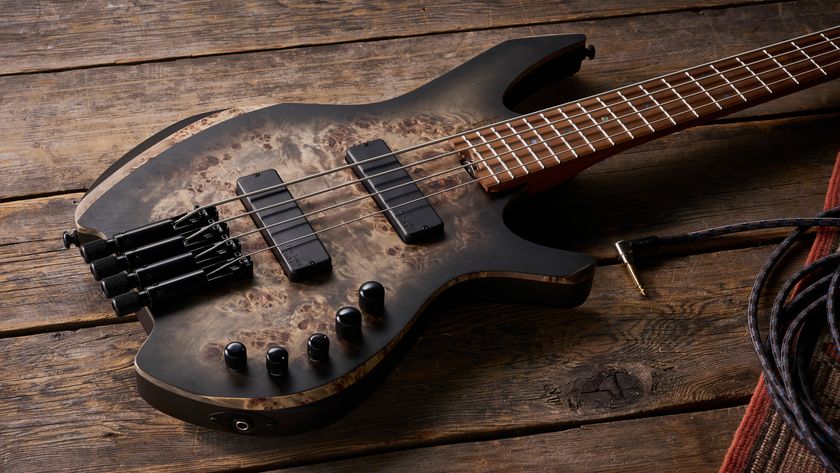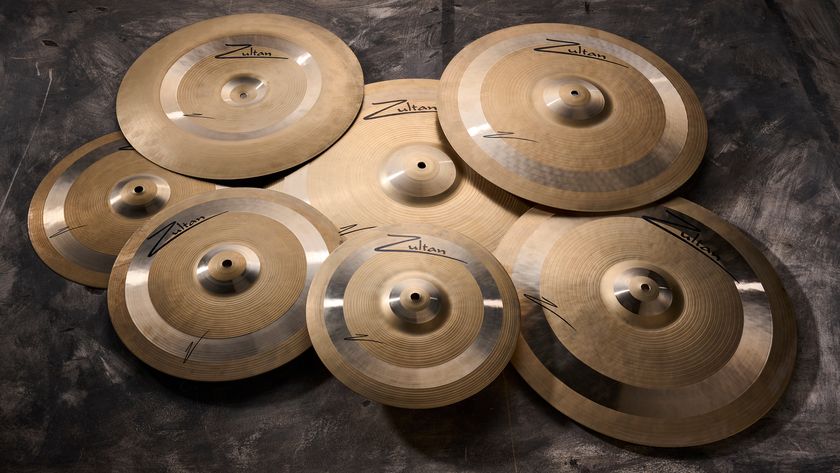MusicRadar Verdict
Overall, the Ditto 2 is an evolution, not a revolution. There are a couple of additional pieces of functionality, but any players familiar with the original know how this works. If you're new to the mini looper world – the Ditto 2 is a great place to be.
Pros
- +
Excellent sound quality.
- +
Simple operation.
- +
Has companion app with good UI.
Cons
- -
Most players probably won't use the app.
MusicRadar's got your back
What is it?
The Ditto 2 is TC Electronic's new budget looper pedal. It replaces the ageing Ditto, a diminutive loop pedal that changed the game on its release.
The Ditto offered studio-quality sound, simple, single-button operation, and a tiny footprint. It landed just before the rise of the 2010s math and ambient scenes and became an underground staple.
Specs
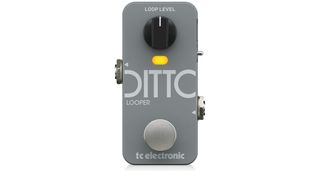
- PRICE: $119/£99
- TYPE: Looper pedal
- MADE: China
- CONTROLS: Loop level, mode
- FEATURES: Infinite overdubs, Loop-snap
- CONNECTIVITY: Input, Output, USB-C, Power
- BYPASS: True
- POWER: 9V DC Centre-negative, 100mA
- DIMENSIONS: 40mm x 35mm x 90mm
- WEIGHT: 0.18kg
- CONTACT: TC Electronic
Build quality
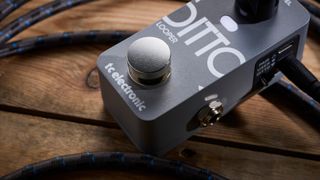
Build quality rating: ★★★★½
The Ditto 2 is sleek, tiny, and bomb-proof. It's small enough that I managed to slot it into a tiny gap left along the edge of a big-box delay. This meant that it landed on my 'board without the need to move or remove anything else. Always a bonus.
One of the most noticeable changes is the footswitch. Any mechanical keyboard nerds will be instantly won over by the satisfying 'punch' of actuating the switch, even if functionally it is the same as the previous model.
Usability
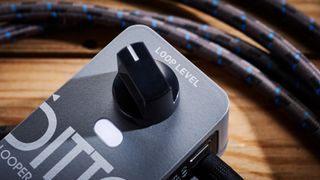
Usability rating: ★★★★☆
The Ditto 2 is relatively intuitive. After all, it does only have two controls, so there's not much to go wrong.
New to the Ditto 2 is a global redo mode. Previously while overdubbing on the Ditto, it was possible to recover a deleted overdub. This was to allow you to bring in and out a set of chords or a pad. Granted, this takes precision, and is probably only suitable for more ambient playing, but it was a useful feature. On the Ditto 2 this feature is available not just for overdubs but also the main loop.
If you stop and then clear the main loop with two taps and a long press, you delete the main loop. However, it can still be recovered with a long press, ideal when jamming. Another excellent jamming feature is the loop snap, always-on by default.
The main usability drawbacks of the Ditto 2 are the same as the Ditto. Loop snap or no, the pedal isn't quantized and can't be locked to a tap. This means it can be hard to sync up to backing tracks or multiple loops acrosss a band.
Using companion apps for something like an Axe-FX or gig floorboard makes sense, but in truth I struggle to see the point for something like this pedal
The flip side of this of course is that it is easier to create arbitrary length loops. Perhaps you use multiple time signatures, or you play with polyrhythms. In such cases, a simpler looper pedal is usually better.
The one thing it does not have due to its compactness is a dedicated stop footswitch. The reason the Ditto X2 was such a usability upgrade from the Ditto was the ability to easily record, arm, create and stop loops according to the need live, with a very foolproof interface. Even while testing I made a few mistakes with this single knob variant, reminding me why for many years I gigged with a Ditto X2.
There's an app to create a dedicated user profile, but on a pedal so simple there's only a couple of parameters to change - footswitch mode and loop snap.
Using companion apps for something like an Axe-FX or gig floorboard makes sense, but in truth I struggle to see the point for something like this pedal. I would go so far as to say that for a compact FX pedal, an app should only be required as a last resort. Luckily the Ditto 2 works great out of the box.
Sounds
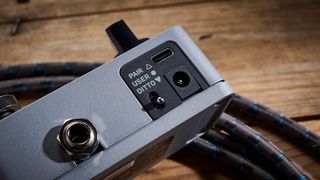
Sounds rating: ★★★★★
Sound-wise the Ditto 2 does everything you could ask. It's transparent when not in operation, crisp when looping, and handles high-gain and complex audio sources with ease.
It only gets muddy after several layers of overdubs, as you'd reasonably expect.
Verdict
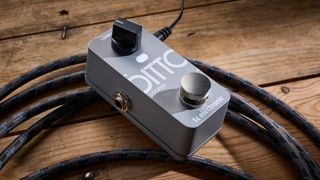
The original Ditto was one of the smallest, if not the smallest, studio-quality looper. It could fit on any board, and while limited in feature set did its one job very well.
The Ditto 2 will slot into the same gap in the market and no doubt sell well, if only because the pedal it replaces also sold well.
Any owners of the original won't see the need to upgrade. Moreover, this will compete with other, slightly larger, more fully featured loopers, including TC's other previous generation pedal, the Ditto X2.
MusicRadar verdict: Overall, the Ditto 2 is an evolution, not a revolution. There are a couple of additional pieces of functionality, but any players familiar with the original know how this works. If you're new to the mini looper world – the Ditto 2 is a great place to be.
Test | Results | Score |
|---|---|---|
Build quality | Bomb-proof build, compact enclosure, what's not to like? | ★★★★½ |
Usability | We're not sure how many will want to use the accompanying app but as it is the Ditto 2 is an easy pedal to get to know. | ★★★★☆ |
Sounds | No complaints here. Can handle plenty of overdubs before turning muddy. | ★★★★★ |
Overall | If you liked the original, you'll like this. If you've got the original, you might not necessarily want to upgrade – but that new footswitch is nice, and new features are a sensible upgrade. | ★★★★½ |
Also try
Line 6 DL4 MkII - $199/£185/€221
The modernized version of the DL4, not only the original master loopsmith's toy, but also an excellent delay pedal too.
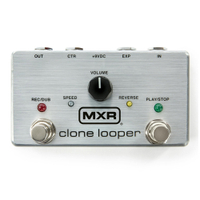
MXR Clone Looper - $149/£159/€170
The Clone Looper is two-knob, compact pedal, that is sensibly oriented horizontally and allows for re-triggering, meaning it can be used as an effect in itself.
TC Electronic Ditto Looper X2 - $149/£149 /€157
If you love the features and ergonomics of the Ditto but want a dedicated stop switch, try the X2. It also has reverse and half-time modes for loop manipulation as a bonus.
Read more: TC Electronic Ditto Looper X2 review
Hands-on videos
TC Electronic
The Studio Rats
Pedal Platform
Alex Lynham is a gear obsessive who's been collecting and building modern and vintage equipment since he got his first Saturday job. Besides reviewing countless pedals for Total Guitar, he's written guides on how to build your first pedal, how to build a tube amp from a kit, and briefly went viral when he released a glitch delay pedal, the Atom Smasher.
You must confirm your public display name before commenting
Please logout and then login again, you will then be prompted to enter your display name.
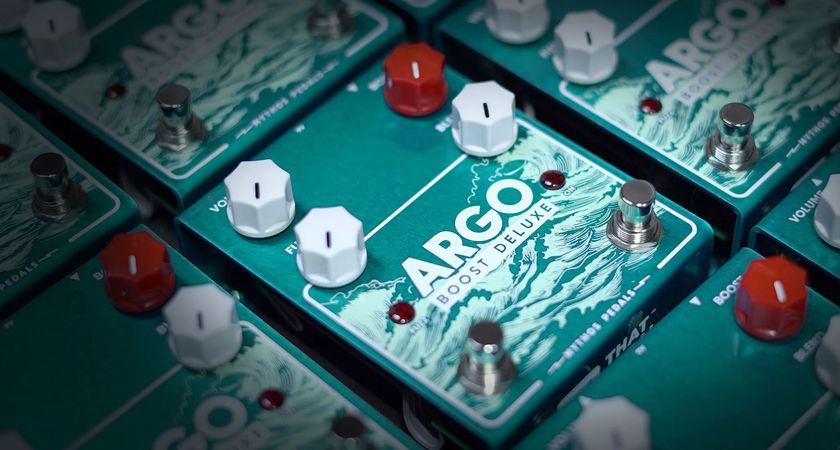
“Instead of pairing a new booster inside this new pedal, think of it as changing lanes inside the pedal”: Mythos and That Pedal Show team up for the Argo Boost Deluxe – an octave fuzz with a switchable boost

“I didn’t even realise it had synthesizer on it for decades”: This deep dive into The Beatles' Here Comes The Sun reveals 4 Moog Modular parts that we’d never even noticed before

“I saw people in the audience holding up these banners: ‘SAMMY SUCKS!' 'WE WANT DAVE!’”: How Sammy Hagar and Van Halen won their war with David Lee Roth
